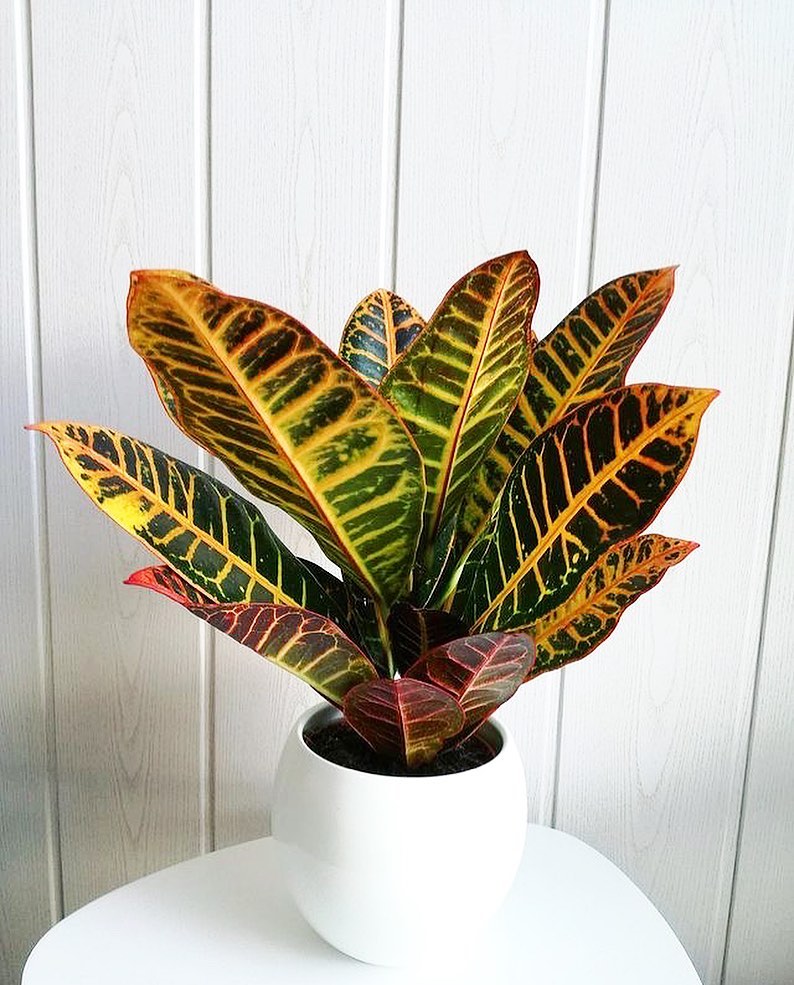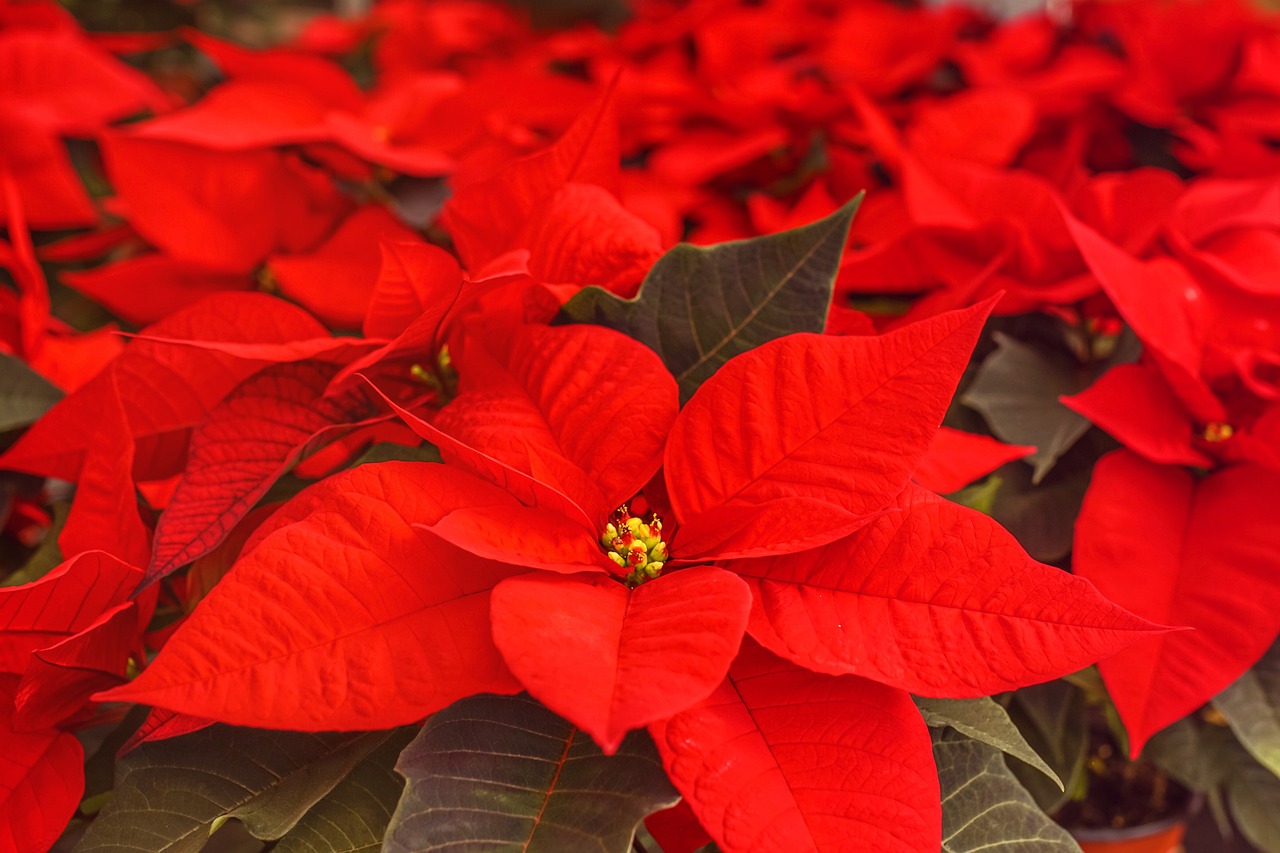Croton Petra can be a great addition to your indoor and outdoor garden. It not only looks beautiful but also has low demand.
If you are looking for a beautiful houseplant with variegated colorful leaves and low needs, then Croton Petra is an ideal choice for you. Give a read to this article and find what this croton needs to flourish in your home and garden.
Botanical Name: Codiaeum Petra
Read: Alocasia wentii care
Croton Petra Plant
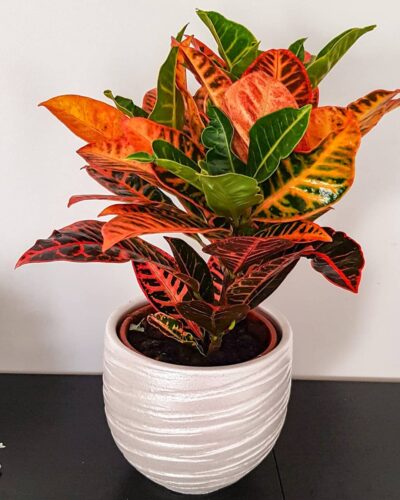
Also known as Petra Croton, this broadleaved evergreen perennial belongs to the Euphorbiaceae family. It is among the best varieties from Sri Lanka, Malaysia, southern India, and Asia.
Croton Petra is a woody-based perennial that can grow up to 6 feet tall and reaches up to 4 feet height as a houseplant.
Petra features oval or lance-shaped leaves up to 18 inches long. The colorful foliage is leathery, shiny, and smooth-edged. This variety is available in various patterns and color combinations of yellow-orange, bronze, purple, pink, red-orange, green, and orange.
It blooms in the growing season with small, insignificant, unscented, creamy-white flowers.
Read: Dischidia Pectinoides Care
How to Propagate Croton Petra
- You can grow Croton Petra from the stem, tip cuttings, or air layering.
- Select 6 inches cutting with new growth, and remove the lower foliage.
- Dip the ends in the rooting hormone to boost the growth (Optional).
- Plant the cuttings in containers filled with a slightly moist, well-draining potting mix of one part perlite and one part peat moss.
- Keep the pots in a warm area with bright, indirect sunlight.
- The roots will emerge in six weeks or less.
Read: Tillandsia Magnusiana Care
Ideal Growing Conditions for Croton Petra
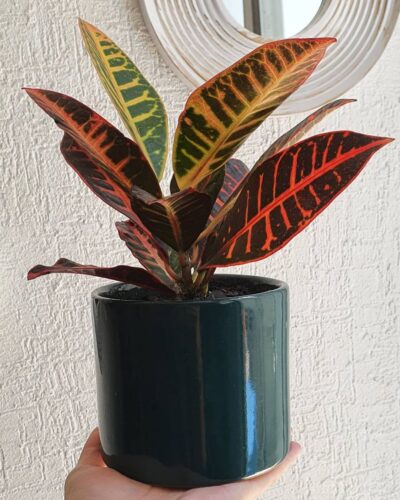
Location
Petra Croton prefers bright indirect light of 4-6 hours, it thrives in full sun everywhere in South Florida. Remember that it needs protection from intense direct light as the harsh sun can scorch the foliage.
Note: Too much shade can make the leaves plain green.
Soil
Use well-draining, good quality humus-rich potting mix; you can add some loam for water retention. Apply a layer of Styrofoam peanuts or pebbles at the bottom of the container for good drainage.
While growing outdoors, select areas with good drainage.
Water
Water the plant when the topsoil turns dry. Keep in mind that overwatering causes root rot. Underwatering can also cause drop leaves. Examine the soil regularly, and keep the soil evenly moist but not soggy.
During fall and winter, water the plant when the top 2-3 inches become dry.
Tip: While watering, fully saturate the soil until the extra ooze from the drainage holes.
Temperature and Humidity
Crotons are winter hardy outdoors in USDA zones 11-12; in other zones, you can grow petra as a houseplant. The plant can withstand temperatures up to 85 F (29 C). Garden petra croton perform well in constant temperatures range between 60-70 F (16-21 C). As a houseplant, keep crotons away from cold and hot drafts.
Petra Croton prefers highly humid conditions. While growing indoors, low humidity can make the plant sensitive to spider mites. You can encourage the humidity by keeping the pot on a tray of wet pebbles or try misting the plant daily.
Note: If you live in a cool region, move the plant indoors for winter when the nighttime temperature falls to 50 F (10 C).
Read: Scindapsus treubii ‘Dark Form’ Growing Guide
Croton Petra Care
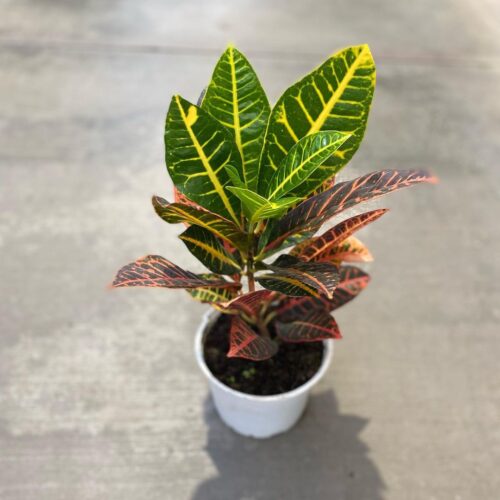
Fertilizer
Petra crotons are not heavy feeders; apply slow-release general houseplant fertilizer or croton fertilizer in early spring and again in early summer and in late summer.
Pruning
Petra Croton requires a bit of maintenance and grooming. Pruning can be done to control size and shape using sharp scissors or shears. Remove damaged foliage regularly.
Transplant
Do not transplant crotons as they are sensitive to shock and interruption easily.
Pests, Diseases, and Other Problems
Petra croton takes time to acclimate when you bring it home; give the plant constant light, temperature, and water, and it will heal soon. The following issues also arise:
- Too much water and lack of air circulation can make petra croton vulnerable to thrips, mealybugs, whiteflies, fungus gnats, shore flies, spider mites, and scale bugs.
- Improper watering can cause many issues, the leaves can wilt if overwatered. Reduce watering in such conditions.
- Check the soil to see if it feels wet. Increase the air circulation by moving it to a well-aerated area.
- Place a small fan set on low averted from the plant will assist in excess moisture in the soil.
- Keep in mind overwatering can result in root rot. Foliage turns brown and crispy. Low humidity and less water can cause this issue. The absence of humidity also results in leaf spot disease.
- Leaves blemished by brown spots with yellow margins, this sign reveal excessive salt build-up in the soil. Rinse the soil with water or go for rainwater to eliminate salt buildup.
- Croton petra droopy leaves happen because of variable soil moisture; this plant does well under consistently moist soil. Water the plant when the 2-3 inches of topsoil turn dry.
- Falling off leaves is caused when the soil is completely dry. To fix this, hydrate the plant by giving it a good soak in the tub or sink.
- Fungal or bacterial infection is triggered when the plant is overwatered. Prune the infected leaves, do not allow the water to touch the foliage, and improve air circulation.
Read: Colocasia Esculenta ‘Black Coral’ Care
Is Petra Croton Toxic to Cats and Dogs?
Croton Petra is toxic to humans and pets. Keep the plant out of reach of kids and animals. If ingested, the plant can cause vomiting, diarrhea, gastric issues, and a burning sensation in the mouth.
Note: Wear gloves while pruning or wash your hands properly, as the sap can irritate the skin.
Is Croton Petra Invasive?
Croton petra acclimates in USDA zones 11-12; it is not considered invasive in these regions.
Read: Philodendron Bloody Mary Care
How to Display

All types of crotons are an amazing choice as indoor plants if 4-6 hours of bright, indirect light daily.
In USDA zones 11-12, the plant performs well understory plant beneath trees, giving partial shade.

